In 1977, the United Nations General Assembly designated 29 November as the International Day of Solidarity with the Palestinian People, marking the anniversary of the resolution on the partition of Palestine in 1947. In a resolution dated 1 December, 2005 (60/37), the General Assembly called for the Committee on the Exercise of the Inalienable Rights of the Palestinian People and the Division for Palestinian Rights to organize an annual cultural event in collaboration with the Permanent Observer Mission of Palestine to the United Nations (UN) as part of the International Day of Solidarity with the Palestinian People. The resolution additionally urges Member States to actively support and publicize the observance of the Day of Solidarity.
This year, the UN is commemorating the day with an exhibit titled “Palestine – a Land with a People”, which will be inaugurated on 29 November 2023 at the UN’s headquarters in New York City.
The exhibit, showcasing the Palestinian journey through photographs, videos, and art, will aim to serve as a crucial reminder of the Nakba, an event during the 1948 Arab-Israeli war that refers to the mass displacement and dispossession of Palestinians.
Prior to the Nakba, Palestine boasted a diverse society, characterized by its multi-ethnic makeup. However, in the 1930s, tensions escalated between Arabs and Jews, fueled by a surge in Jewish immigration driven by European persecution and the Zionist movement’s pursuit of establishing a Jewish state in Palestine.
The exhibit underlines that nearly six million Palestinians remain refugees, dispersed throughout the region. The ongoing struggles are further intensified by the recent war on Gaza, which, according to France24, has resulted in a humanitarian catastrophe and additional forced displacements.
According to an article published by Deccan Herald, the roots of the Israeli-Palestinian conflict trace back to the late 19th and early 20th centuries when the Zionist movement sought to establish a Jewish state in Palestine. The UN approved the partition of Palestine in 1947, leading to the establishment of the State of Israel in 1948 and triggering the first Arab-Israeli War. The aftermath, known as Nakba, displaced over 750,000 Palestinians.
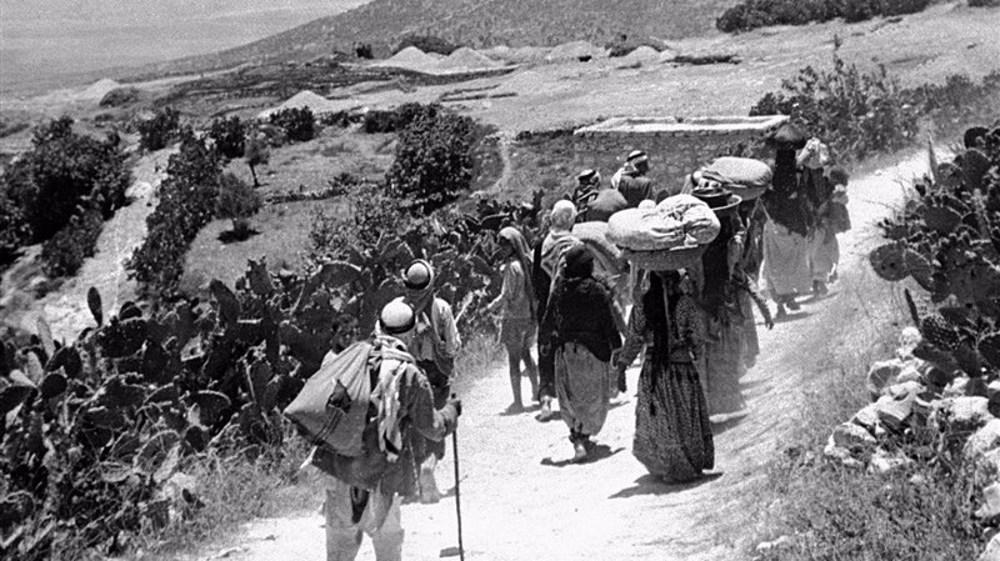
Subsequent events, including the Second Intifada in 2000 and Israel’s unilateral withdrawal from Gaza in 2005, further shaped the conflict dynamics. In 2006, Hamas won the majority in disputed elections but faced international non-recognition.
This resulted in a divided control, with Hamas controlling Gaza and Fatah controlling the West Bank.
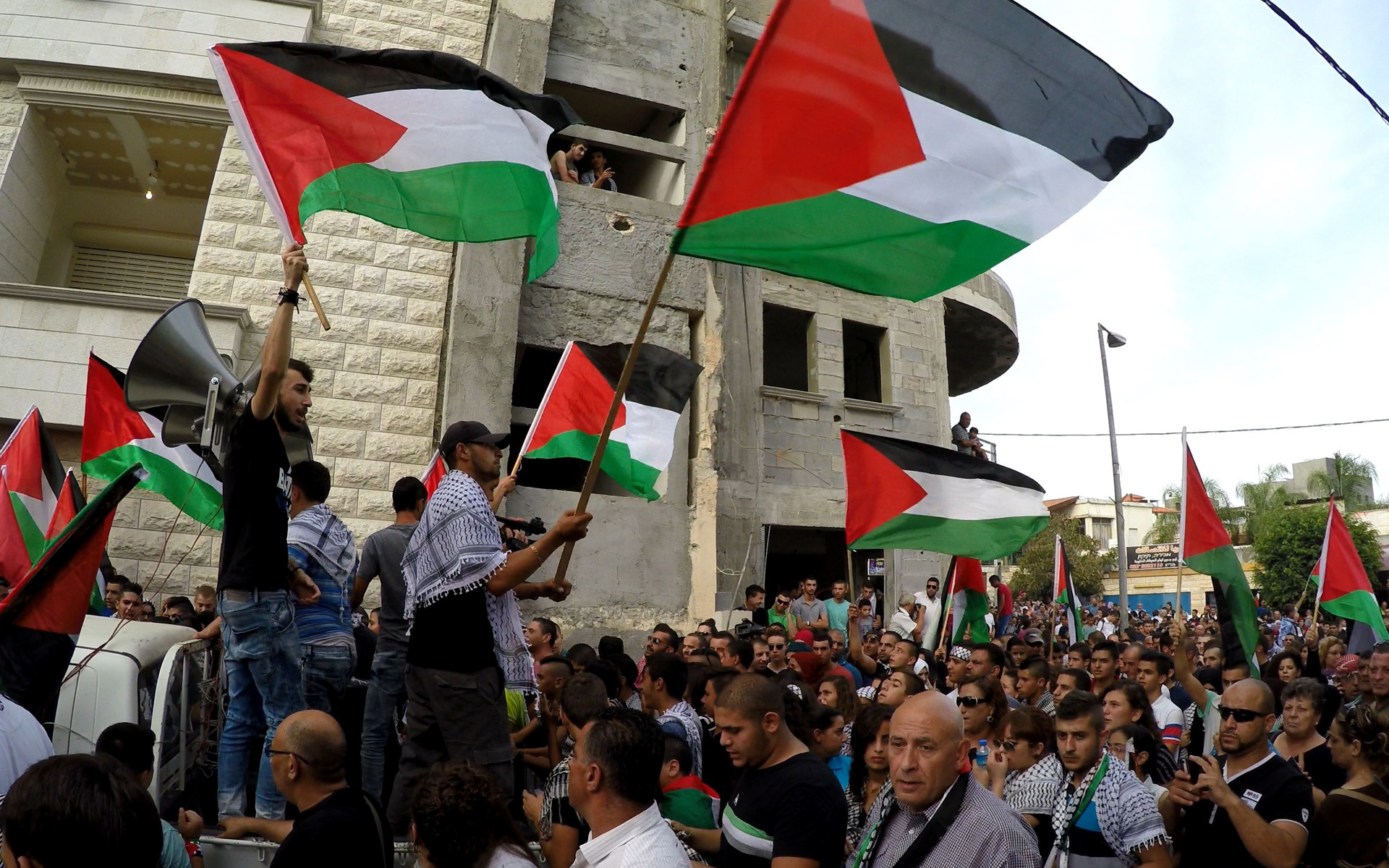
Despite international efforts and calls for peace, the enduring complexities of the conflict persist, highlighting the urgent need for a united stance in advocating for peace and justice in Palestine.
As we observe the International Day of Solidarity with the Palestinian People, the UN exhibit prompts reflection on our shared responsibility to address their plight and work towards a just solution.
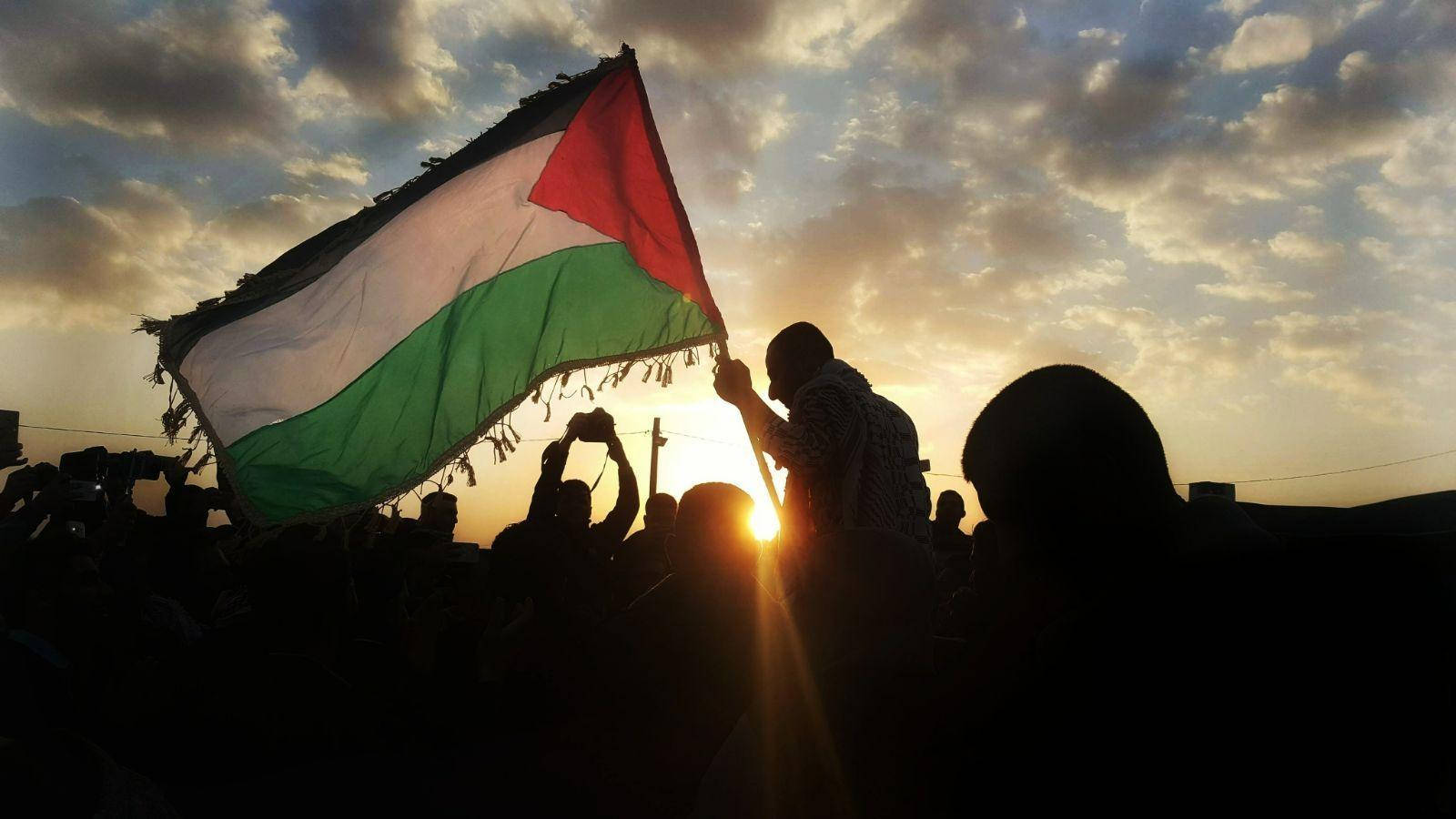


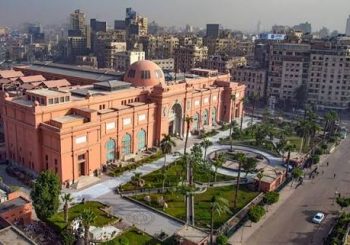

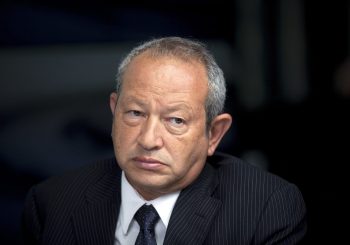
Comments (0)